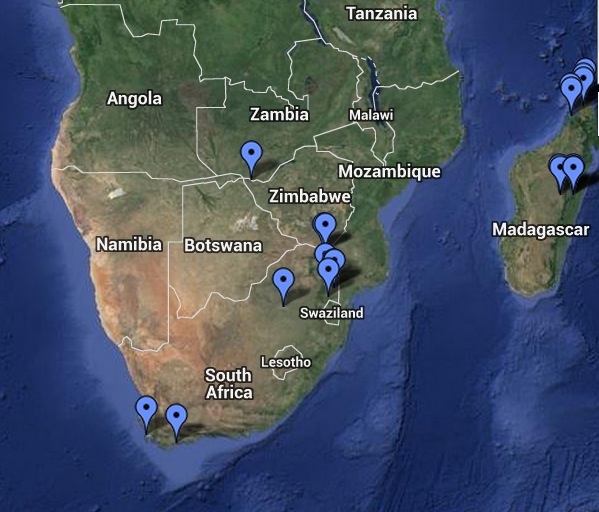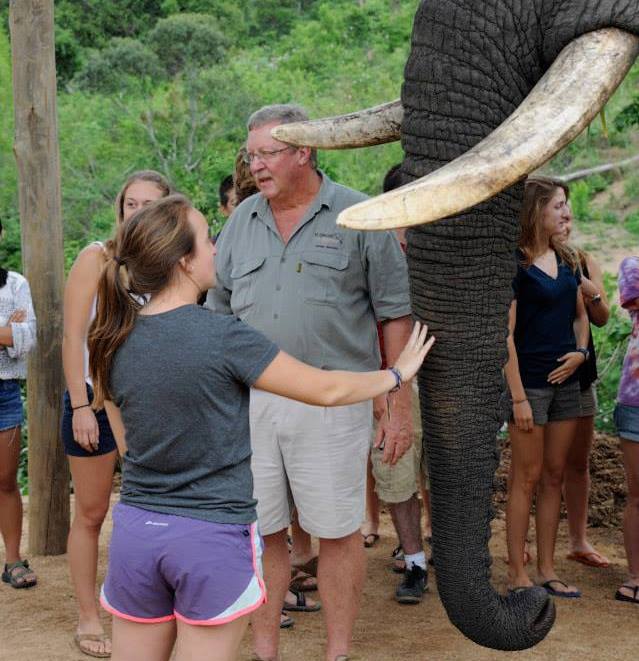By Nonie Arora
Carly Krause is determined to figure out why some students formally report sexual misconduct while others don’t. Krause is a dual-degree graduate student studying public policy at the Stanford School of Public Policy and the decision sciences at the Fuqua School of Business.
Krause, a California native originally from Los Angeles, received a bachelor’s in business administration from the University of California, Berkeley and has been at Duke for three years. At Berkeley, Krause was heavily involved with the women’s community: she was the president of the National Organization for Women (NOW) at Berkeley.
When the time came to decide upon a topic for her master’s thesis, Krause decided to reengage with women’s issues and approached the Duke University Women’s Center as a client for her project. From then-director Ada Gregory, Krause learned that the Women’s Center was deeply interested in learning why only some students choose to report sexual misconduct through the formal process. They also wanted to know what factors bring students in to the Women’s Center or keep them from using their services.
Krause began digging deeper into these issues. In the past, these types of questions had only been asked through surveys. Krause knew there was only so much information that could be gleaned from a survey without follow-up questions, and that students generally did not answer the free response questions. Instead of a survey, she chose to do in-depth interviews with about twenty students that she sought out by advertising on campus mailing lists and posting fliers in women’s restrooms. Krause said that her data set of twenty interviews meets the criteria for a solid qualitative study. According to Krause, the sample size also sends a signal to the university that this issue is important to the student body.
After her research report is completed this year, it will go to the Women’s Center. From there, a distilled set of recommendations will hopefully be brought before the university administrators, Krause explained. Krause hopes that the Women’s Center will be able to make some of the changes that have come up. These will be things that students want but may not be on the Women’s Center radar quite yet, according to Krause. “I really hope that if there are recommendations that they feel are worthwhile, they will have the resources and manpower to implement them,” Krause said.
“On university side, I hope that administrators understand that the current process is re-traumatizing and disincentives students from coming forward to the point where we are only getting the select few that are so upset and traumatized that this is their only resort. I think that the process is really doing a disservice to the students,” Krause said.
Krause emphasized that when the university designs policies for sexual misconduct there are multiple competing tensions, including protecting students, creating an equitable environment for everyone and promoting the idea of a safe campus environment.




















